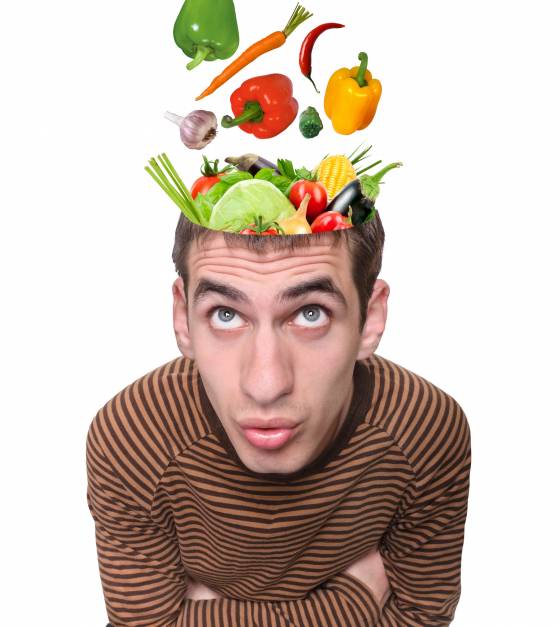
I’m not much of a cook... I mean.... I can.
But I’m slow, and occasionally mess things up a bit.
When I cook I seem to get some form of teret’s where I say bad things about Julia Child, Emeril, or Rachel Ray.
And the end product....does not....in any way..... resemble the pictures in the cookbooks.
Go figure?
Let me tell you about one of those mess ups. And what that has to do with your child's reading skills.
What Cooking Has To Do With Grades
I don’t cook often.
I do dishes... I clean... I do laundry... I vacuum... I do all sorts of household things.
But I don’t cook.
But every once in a while... I decide it’s time I develop my cooking skills :-)
Now don’t worry... My husband is a great cook... I’m not starving.
It’s just that, my time in front of the stove is pretty limited.
Intentionally.
So one night I decided to whip up something special. Since I don’t cook often, when I do, I do up something special.
So I decide on this recipe
http://www.learningsuccesssystem.com/guys-cajun-chicken-alfredo
The recipe claims a 50 minute time to table. So I start two hours before dinner time.
I’m a little slow. So I get a good head start. Give myself plenty of time for my masterpiece.
Everything is going swimmingly. Except for one minor detail.
I don’t have any of the blackening spice called for.
No big...I’m sure I can substitute something. Right?
I dig around in the cupboard to see what I can find.
Cayenne Pepper?
Yeah, that should do it. Right? I put in the requested 1 cup. Then I figure, “my husband likes it spicy... so let’s throw some in the alfredo also.”

All Chilis Are the Same, Right?
Well, let’s just say, I didn’t know much about chili peppers at the time. If you’re not up on it, let me educate you real quick. Heat in peppers is measured in scovilles. The chili pepper that the recipe called for has a scoville rating starting at 500.
Cayenne? Well, that rates in at about 50,000.
And I doubled it up.
Oops.
Going to be tasty right?
So I hadn’t tasted this concoction. I Wanted to savor my cooking success. Give my husband first taste. It looked beautiful. A nice colorful dish. Sure to impress. I was pretty pleased with myself.
So I served it up. I set a nice table. Beautifully decorated. With a spectacular looking dish I had slaved over.
We sat down to eat.
My husband took a big bite and…
Have you ever seen someone go into convulsions from eating something too spicy?
Well, I think I may have.
Turns out 50,000 scovilles of cayenne pepper is a lot.
Enough heat to burn a polar bear’s butt!
We sat down to dinner.
My husband poured on the compliments. The meal looked wonderful. It smelled amazing.
I was pretty proud.
So he dug in. I was taking my time and enjoying the accomplishment.
Instantly his face went beet red.
Me: “How is it?”
Him: “Wonderful” (as he started to sweat)
I had seen that red face before. On our honeymoon, he took some vitamins and ended up with an extreme niacin reaction.
Looked like this

We didn’t know what it was at the time. His whole body turned red and he was so hot he just went out and laid in the snow. We were at Lake Tahoe. He spent that weekend packing himself with snow.
This looked a lot like that.
For a moment I thought about the ingredients. No, no niacin.
He took another bite.
I didn’t cook often. So he made sure to eat it up and pour on the compliments when I did.
What was wrong?
Then his face went flush and he started to shake a little. Still claiming the food was great.
I took a bite.
Cough cough. I spit it out and ran to the kitchen for milk.
OMG!
HOT!!!
And I wasn’t talking about George Clooney!
I grabbed the plates and cleared the table. Got him some milk. We went out to dinner.
Clearly, I had got something wrong. I had used the wrong ingredient. And the results were pretty bad.
To Learn We Use Mental Ingredients
So, you may be asking, "What does this have to do with learning?"
Let me explain:
To read we use mental ingredients.
For example, reading is not one skill. Just like a good meal is not one ingredient.
To read we use micro-skills like:
- Visual discrimination to recognize the letters and words
- Visual memory to connect to meaning of the parts
- Visual memory manipulation for comprehension
- Auditory discrimination to hear them in our mind
- Auditory memory to connect to meaning
And there is more. That’s just a sampling.
What if one is weak?
Well, the brain tries to substitute.
Just like I did with the cayenne pepper.
And sometimes substitutions are not ideal.
Or mess things up altogether.
Key Takeaways:
Get The Ingredients Right
So to put this another way. Intelligence is not one thing. It is a large number of underlying skills. And it is how and when we use them.
We have the ability to improve each of these skills in ourselves and we can help our children improve them as well. We are not stuck with a given intelligence. It is completely fluid.
Because intelligence is fluid, those who do the best long term are those that work on it and make even tiny improvements every day. You can learn to do this with your child.
Brains sometimes try to use the wrong cognitive ingredients. Making Learning Difficult.
So how do we fix it?
We get the right ingredients!
So let's do that.
In the next post I am going to show you how to build one of those ingredients (micro-skills).
You’ll learn how this one micro-skill, if missing, will totally mess up reading skills. And how, if it is strong, will make reading faster, easier, and with better comprehension.
or...
If you would prefer to get going on the full ingredient list? If you would like to help your child build up all of the micro-skills needed for amazing reading, math, writing, and spelling skills?
Then just click here.
Do You Need help with a Learning Difficulty?
Our simple online analysis will help you get to the core of the problem and find the right solution for you.
Understanding how to help someone with a learning difficulty starts with understanding which micro-skills are affected. When you learn which of the micro-skills is the problem, you will then be on your way to solving it.
You'll also learn how to:
- Build confidence
- Enhance Learning ability
- Eliminate avoidance
- Build grit
You can get this analysis for free by filling out this simple form. This will help you get to the bottom of a learning difficulty and provide you with a solution. If you are ready to put this problem behind you click the button below and fill out the form.










